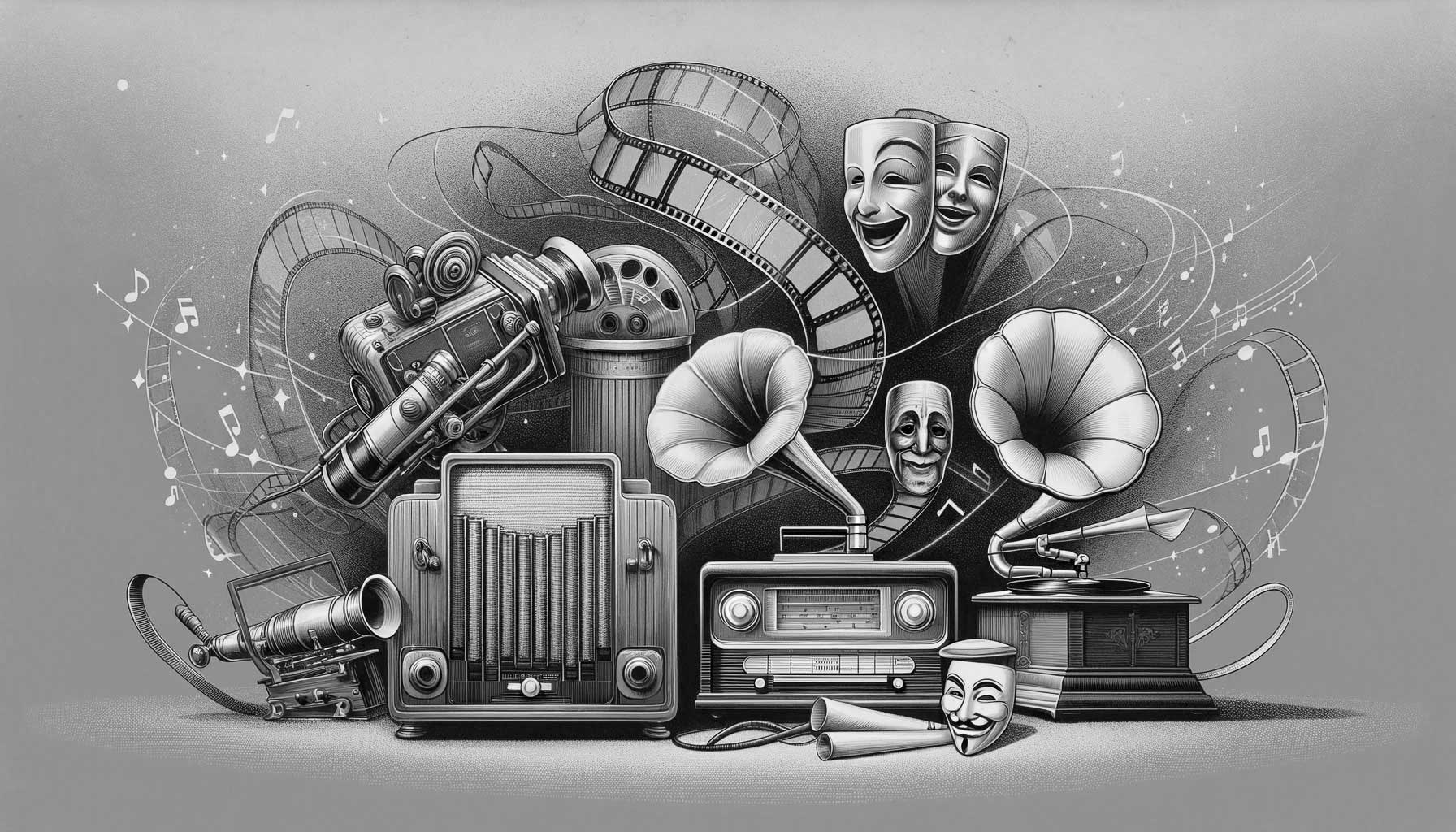Flashback to September 17
Entertainment History

On September 12, 1959, a remarkable milestone in the history of television broadcasting was achieved with the premier of Bonanza, the first regularly-scheduled TV program presented in color. This game-changing event redefined television broadcasting and positioned Bonanza as a groundbreaking series in the annals of TV history.
Before Bonanza, TV shows were primarily broadcast in black and white. This was due largely to technological constraints and the high costs associated with color broadcasting. However, with advancements in broadcasting technology and a shift in public demand for more vivid, lifelike TV content, color gradually became an essential facet of television productions.
Riding this wave of innovation, the creators of Bonanza took a substantial risk to broadcast the show in color. Set in the wild west, Bonanza’s colorful depiction of its rugged landscape, dynamic characters, and compelling narrative underscores the immense visual benefits of color broadcasts.
The creators’ gamble paid off, with Bonanza eventually becoming one of the most-watched TV shows in the United States during its 14-year run. Today, the series is widely recognized as a trailblazer, setting the trend for the universal adoption of color broadcasting in television programming.
In discussing the significance of Bonanza’s premier in color on September 12, 1959, it is impossible to ignore the technical implications of this event. Using full-color broadcasting technology offered unique opportunities and challenges that shaped the course of TV program production thereafter.
Color added a new depth to storytelling, enabling a more authentic portrayal of characters, a richer contextualization of scenarios, and a more immersive viewing experience. Despite the technical challenges and cost implications, the novelty and realism of color broadcasts led to improved audience engagement and appreciation.
For potential advertisers, the appeal of color broadcasts increased and led to increased advertising revenue, facilitating the growth of the television industry. Moreover, for TV set manufacturers, the widespread acceptance of color broadcasts fueled the demand for color television sets, thereby stimulating the electronics industry.
Using the example of Bonanza, it is evident that the move to color broadcasts was not just a technological shift; it was a turning point in the television industry’s history. This transition dramatically improved the viewer’s experience and played a key role in television shows achieving their full potential as mediums of entertainment, information, and advertising.
Remembering the premier of Bonanza on September 12, 1959, is not only acknowledging a historic TV event; it is also acknowledging the brave leap of faith to champion the introduction of color in television broadcasts. It represents a move towards enhanced realism and more robust storytelling, pushing the television industry forward into a new era of innovation.
To put simply, Bonanza’s premier symbolizes a convergence of innovation, risk, and creativity that has continued to influence television broadcasting to this day. It serves as a reminder of our relentless capacity for adaptation and improvement. This event, which marks a significant milestone in our technological evolution, is firmly ingrained in our collective TV heritage.
As we move ahead, the premier of Bonanza continues to inspire creators to push boundaries and embrace new technologies that enhance the viewer’s experience. Today, advancements like high-definition broadcasting and immersive virtual reality experiences are shaping our television history just as the transition to color did back then.
Ultimately, the premier of Bonanza signifies more than the leap from black-and-white to color. It symbolizes the ongoing evolution of technology and its vast potential to reinvent how we experience television, constantly reshaping our understanding of communication, storytelling, and entertainment.
We strive for accuracy. If you see something that doesn't look right, click here to contact us!

